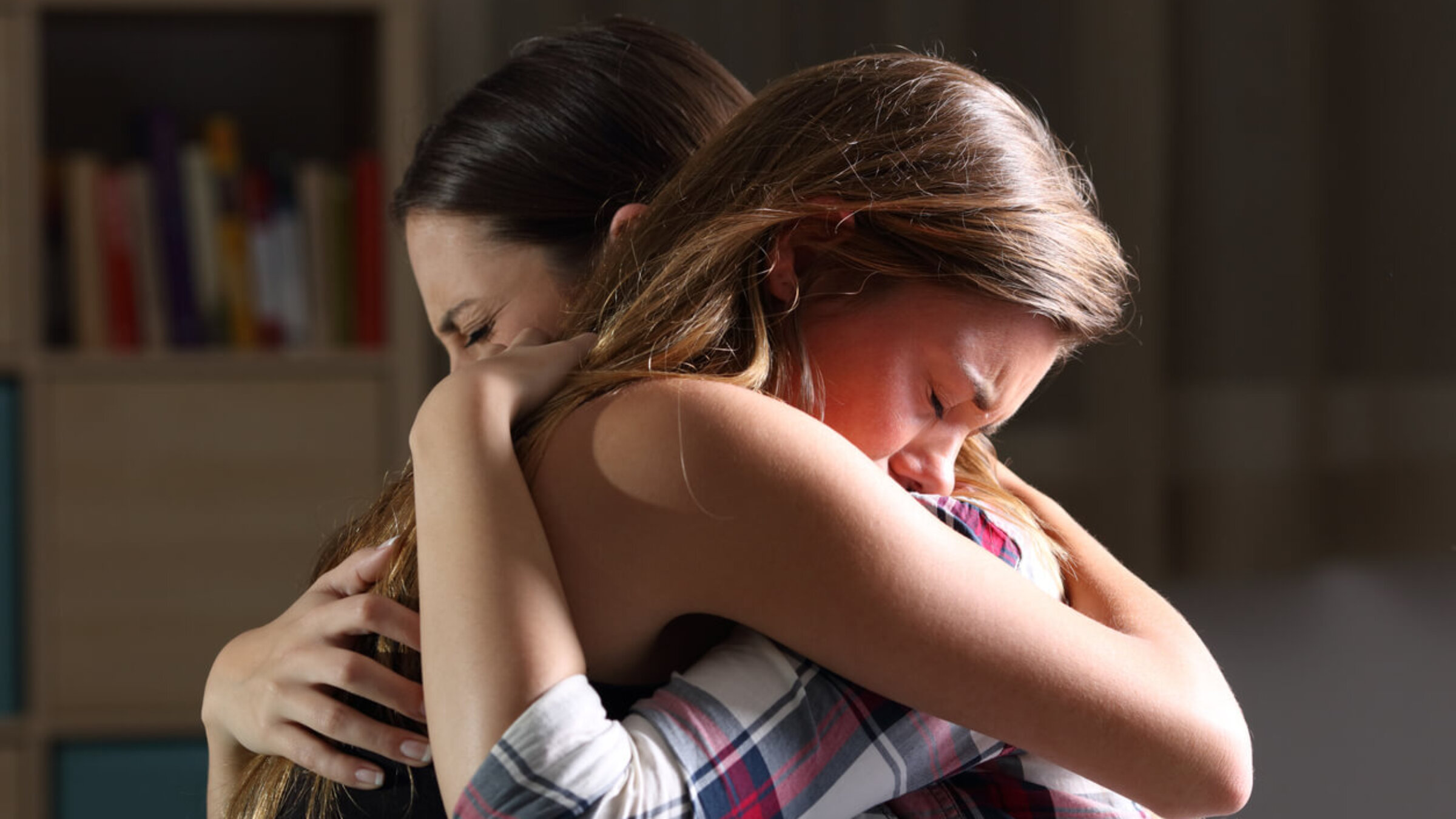‘No one’s going to be perfect:’ Your children grieve too — here’s how to help them
Erin Silver, author of the award-winning childrens’ book ‘Sitting Shiva’ talks about including children in rituals of grief and mourning

Children’s grief can be swept aside, but shouldn’t be Photo by iStock
It was a sad Sunday morning at my childhood synagogue.
Two members of our community had passed away from cancer, and I remember the feelings I had watching their children recite the mourners’ kaddish. One of the children was a high school classmate of mine, another was six.
The younger one didn’t say kaddish, as is the tradition for younger mourners. But I cried that day, as he held his grandfather’s hand tightly while they mourned and prayed.
Children are no more immune to loss and grief than adults, but their complicated emotional experiences after loss can easily be diminished, or swept under the rug. In that moment at synagogue, I witnessed firsthand the importance of including children in the mourning process.
Erin Silver, a children’s book author with a focus on children going through challenging circumstances, spent several years thinking about children who experience loss after seeing someone close to her navigate mourning. The result: Sitting Shiva, a picture book for children about a young girl who joins her father in sitting shiva for her mother.
Earlier this year, Sitting Shiva earned a Picture Book Honor from the 2023 Sydney Taylor Book Awards by the Association of Jewish Libraries. I spoke with Silver about the value of including children in mourning rituals, and when to begin that education process.
This interview has been edited for length and clarity.
You wrote Sitting Shiva from the point of view of a child who lost her mother. Why was it important to you to write about her grief from her point of view?
I had to write and rewrite the story so many times to really put myself into the mind of a child. What are the things that a child would find dear to them? What would they be thinking or feeling? And it took seven years to write and rewrite this book.
It took all that time and care and thought to figure out how the child will process this information, which is something even adults can’t comprehend.
At the book’s climax, the child takes an active role in comforting her father. That gives the child a ton of autonomy. What led to you including this in the story?
To me, shiva is the time to share memories and to laugh and celebrate somebody who died. But it’s also sad, and adults especially can put on a brave face in front of children. But in those moments of privacy, you can also feel weak, or need support. I just felt, in this story, that child had felt strengthened by the support of her family and community, that she was in a position to offer comfort to her father when he needed it.
She had learned from the shiva experience and was able to offer some strength to her father when he needed it. It’s not just the adults who take care of the kids. Kids can also participate in that emotional support.
Have parents or children reached out to you to share their experiences since Sitting Shiva was published?
I was at this library conference a few months ago, and I was asked to do a book signing. I was thinking, “who’s going to come and want my book signed?” I was sitting there and I looked up, and there’s a line of librarians waiting for me to sign this book.
Every person who passed by told me a story of loss, or told me why they needed this book in their school library. I signed all the copies and personalized them, and I was just so overwhelmed. Even I was crying because I never imagined at the time that it would have such an impact, or that people would call and tell me what an impact it made on them.
In writing this book, you make an implicit argument that the time to talk to children about mourning is now. How do you think teachers and caregivers should introduce children to loss and grief?
I don’t know if there’s ever a good time to talk about it. But when there is a crisis, it would be a good time to take a picture book and talk about how we can all support each other. And here’s the kinds of things you can say to be a friend.
A book like this isn’t going to solve everything. You’re not going to know how to do it, and no one’s going to be perfect — mourning can take a lifetime to process. But having access to resources that talk openly about it for children, I think is better than a pamphlet. It opens discussions about how to be a good friend, what kinds of things you can say, how it’s okay to talk about things, and it’s okay to laugh.
A message from our CEO & publisher Rachel Fishman Feddersen
I hope you appreciated this article. Before you go, I’d like to ask you to please support the Forward’s award-winning, nonprofit journalism during this critical time.
We’ve set a goal to raise $260,000 by December 31. That’s an ambitious goal, but one that will give us the resources we need to invest in the high quality news, opinion, analysis and cultural coverage that isn’t available anywhere else.
If you feel inspired to make an impact, now is the time to give something back. Join us as a member at your most generous level.
— Rachel Fishman Feddersen, Publisher and CEO